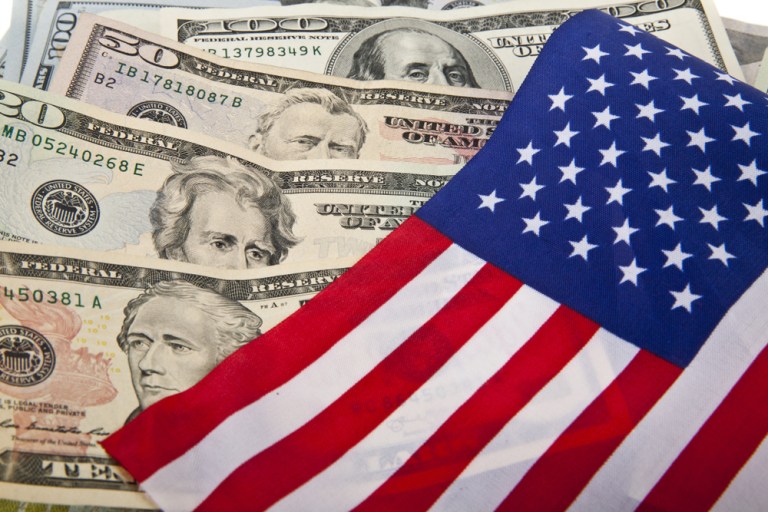Connecting The Dots: Consumer Confidence, Inventories Tell Separate Economic Tales

Economic data points are frozen in time – and yet taken collectively tell tales. The latest readings on consumer confidence and on business inventories and shipments seem to hint at some divergence in how consumers see their near term fortunes and businesses see theirs….question is: Who’s right?
The latest readings on consumer confidence show a slight pull back in August. And depending on how you look at it, the U.S. consumer is still chugging along, pretty much impervious to the vagaries of trade wars and tariffs.
The Conference Board reported Tuesday (Aug. 27) that consumer confidence slipped a bit as measured in August versus July (a reading that was revised upward). In the latest numbers, August came in at 135.1, while the July number was 135.8. At the same time, the latest data were better than the 129.5 expected.
“While other parts of the economy may show some weakening, consumers have remained confident and willing to spend,” said Lynn Franco, the Conference Board’s senior director of economic indicators, according to CNBC.
Then again, the Conference Board’s Tuesday release also showed that its expectations index was down to 107 from 112.4 in July. The way consumers gauge their present situation seems positively rosy, up to 177.2 from 170.9 month-over-month — and it’s near the peak seen at the end of 2000, when the gauge reached a 179.7 zenith.
So, the data show a consumer comfortable where he or she is now, but also a little concerned about the future. Now is now, however, and spending proceeds apace, as measured in the latest retail sales reading from July, up 70 basis points.
It is that willingness to spend that remains impressive amid the continuing tensions between the United States and China. The shoe is not dropping — not yet. And the data show resilience, perhaps enough to echo what LendingClub CEO Scott Sanborn told Karen Webster earlier this month: A recession will not be consumer-led.
But if not consumer-led, where might the recession be brewing? From where might the drag stem?
Here’s a thought as we make the leap from consumer-focused economic data to enterprise/business level ones: Data are static; they are snapshots. But taken together, they tell a tale. The consumer and the corporate realms are two sides of the same economic coin.
In a nutshell, consumers are sanguine, businesses are cautious. It may be the business side of the equation that tips us toward recession, with ripple effects that hit consumers.
As we asked in this space yesterday: Does a softness in investment activity by U.S. firms hint at a rocky fourth quarter and bumpy holiday spending season?
The Commerce Department reported Monday that shipments for core capital goods were off 70 basis points in July. This was the most significant drop since October 2016. And the numbers for June shipments were also revised downward to flat rather than the 30-basis-point rise that had been reported.
Inventories were up 40 basis points, hinting at least, in part, that materials are in stock but perhaps not in demand. Even if companies stocked up on inventory in a scramble to get “in front” of the tariff wars that escalated through the summer, that inventory may not get sold — which then hits GDP growth (because there’s no need to replenish, to make more).
Businesses, of course, invest in their durable goods — plant and equipment — when they see growth ahead. Strip out the positive impact of transportation equipment, and new durable goods orders slipped by 40 basis points in July versus expectations that they’d be slightly better than flat.
At the same time, these companies, as they expand (if they were to expand) need workers or need to pay higher wages. Expansion and higher wages keep consumers confident about their prospects, which opens up the purse strings — or in an adverse environment, snaps them shut.
Beyond offering a glimpse into upcoming factory activity, the durable goods orders might be seen as proxy for investment spending by companies, whose executives are gauging on the ground how end consumers might feel in a few months’ or years’ time.
They seem to be betting on a slowdown ahead and clouds gathering, even while the consumer feels relatively sunny, for the time being.